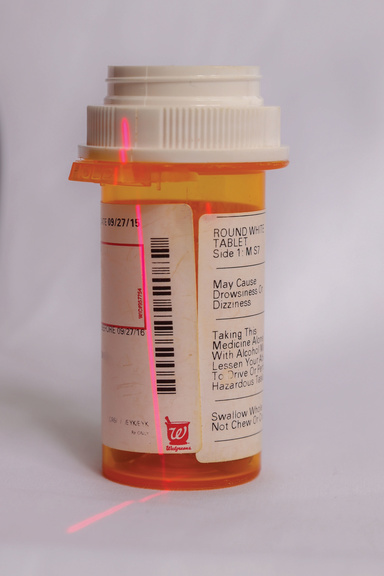Approximately 27 percent of the 52 million school-aged children (5–18 years) in the United States experience at least one chronic medical condition requiring them to receive medication during the school day. Throughout the nation, however, widespread budgetary cuts have left nearly 20 percent of schools without a school nurse. When there is no school nurse on staff, medication administration is primarily left to unlicensed assistive personnel such as secretaries.

Errors are three times higher when medication is administered by unlicensed assistive personnel than by a school nurse, and missed doses are one of the most frequently occurring errors. When doses of critical medication are missed, the health and academic progress of the millions of school-age children with chronic medical conditions who rely on medication is placed at risk.
When health systems researcher Amany Farag, PhD, RN, associate professor at the University of Iowa College of Nursing, learned about the chaotic nature of medication administration in schools from her colleague, College of Nursing Professor Ann Marie McCarthy, it sparked something inside her. Up to that point, Farag’s research had focused on how to decrease medication errors in the acute care setting.
“I thought, ‘Why don’t I mimic what is in the hospital setting and modify it in a more user–friendly way to assist schools in medication administration?’” Farag recalled. “’The technology is there. It has been used in many areas, so why not the schools?’”
After reaching out to stakeholders, talking with school nurses, and immersing herself in the literature, Farag created the design and plan for a technology-assisted medication administration system. She received pilot funding from the UI Institute of Clinical and Translational Science to develop the system and found collaborators in the UI College of Engineering to help bring it to life.
Five years later, the Electronic School Medication Administration Record (eSMAR) is ready for real-world testing. Farag was recently awarded a three-year, $1 million grant from the Agency for Healthcare Research and Quality to implement and evaluate the eSMAR system in a select sample of K-12 schools in the Iowa City Community School District over 1½ years. The desired outcomes include a reduction in missed medication doses and errors, an evaluation of the usability and effectiveness of eSMAR, and development of a deeper understanding of the contextual factors influencing eSMAR implementation in schools.
“Dr. Farag and her team have identified an often overlooked but incredibly important area of medication safety improvement – our schools,” said UI College of Nursing Dean Julie Zerwic. “Widespread implementation of the eSMAR system has the potential to improve the safety and wellbeing of millions of children.”

Farag hopes eSMAR will eventually be used state and nationwide, and her dream is to create a closed loop communication with the primary care provider so they can interact with the school and the parent or guardian through the system. For now, though, she is looking forward to testing the system in local schools.
“Nurses’ offices are busy and chaotic,” Farag notes, “and inevitably there are a multitude of distractions and disruptions during medication administration. These can cause medication errors because we are human and we are error prone. Hopefully this system will provide an added safety layer.”
